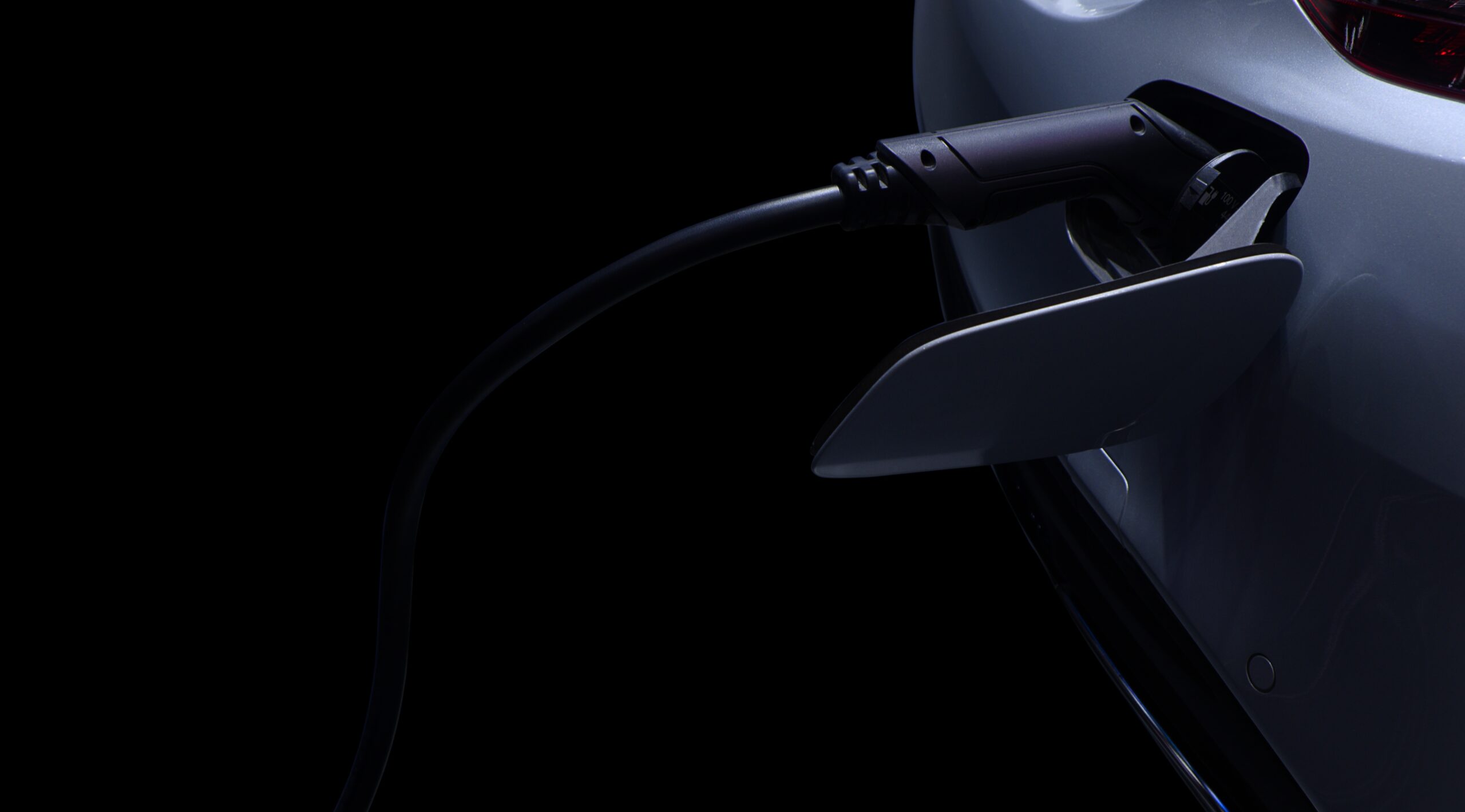- Valley Auto Storage - Los Angeles Discount Car Storage - Vehicle Storage
- 818.389.6799
- CONTACT US
Storing an Electric Car: What to Know

EVs have some advantages over gas-fueled cars when stored for long periods of time. But a car left at an auto storage facility should be stored carefully.
Electric vehicles, EVs, like all gas-powered vehicles made since Henry Ford, are engineered to go places. What’s been less, far less, a goal of auto design and manufacturing is for those machines to sit for extended periods in parking spaces. Storage for classic cars as well as for a Rivian or Tesla SUV need to be handled with expertise and care, which is pretty much a job for professionals.
For millions of people, leaving a car in one place at an affordable car storage facility, undriven for months at a time, is just how life works. Either due to work or military assignments, or for those who live in different places in different seasons, very often a car, truck, vintage cars, or an SUV is left behind. Importantly, how they are stored can affect the car’s performance when driven again.
That’s because atrophy happens with things that stand still. There are several ways in which non-use of a vehicle can be a problem. One is how moisture in components leads to oxidation. Another is how electronic components such as clocks and computers continue to draw on the battery, even when not in use. And when the wheels don’t go round and round, the part of the tire connecting with the floor can become asymmetrical as they deflate, with the net result being a bumpy ride later.
Each of these things happen to the same extent with EVs as they do with gas-fueled and even antique cars – with one nice exception. The EV battery will self-discharge less because it uses lithium-ion technology. This result is different from the lead-acid batteries used in traditional vehicles that drain more quickly.
Those lithium-ion batteries in EVs are more chemically stable than lead-acid batteries, which is a plus in holding a charge. Further, many EV batteries come with a battery management system, or BMS, that reduces the self-discharge.
It’s a different story if the EV is parked for an extended period, such as the six or more months (e.g., when snowbirds are living the beach life but their cars are stored in a land of ice and snow). Then, special care needs to be made to keep the battery in good condition. If the battery runs down too much, it might require professional reactivation. So whether you use a discount car storage facility for storage of antique cars, or a place that professionally handles modern vehicles exclusively, it’s important to ask how specifically they manage batteries.
An EV can be kept plugged into a charger (wall outlet) for the entire time the car is left idle. In some cases, the EV has a feature that keeps the charge at a specific level. Trickle chargers, or the more sophisticated battery maintainer, might also be used. EV auto storage, as with gas-fueled cars, should be at a moderate temperature (extreme temperatures, hot and cold, can adversely affect a dormant lithium-ion battery). Another alternative is for someone to start and run the car every few weeks.
In addition, other parts of the car should be protected as well. Tires should be inflated to maximum levels, the vehicle should be protected from precipitation as well as intrusion by rodents and squirrels (animals and insects love to live in cars that aren’t moving).
Time away from one place shouldn’t involve worry about what’s happening back at your other place. With planning and professional guidance, that doesn’t need to be the case.
Providing discount vehicle storage to the following Los Angeles regions:
Arleta | Bel Air | Beverly Hills | Brentwood | Burbank | Canoga Park | Carson | Century City | Chatsworth | Culver City | Downey | El Monte |
El Segundo | Encino | Gardena | Glendale | Granada Hills | Hawthorne | Hermosa Beach | Inglewood | Lake View Terrace | Lancaster |
Lawndale | Los Angeles | Manhattan Beach | Marina Del Rey | Mar Vista | Mission Hills | North Hills | North Hollywood | Northridge |
Norwalk | Pacific Palisades | Palmdale | Pasadena | Pacoima | Playa Vista | Pomona | Porter Ranch | Rancho Palos Verdes | Redondo Beach |
Reseda | Santa Clarita | Santa Monica | Sherman Oaks | Studio City | Sun Valley | Sunland – Tujunga | Sylmar | Tarzana | Toluca Lake |
Torrance | Valley Village | Van Nuys | Venice | West Covina | West Hills | West Los Angeles | Westwood | Winnetka | Woodland Hills
For discount vehicle storage rates and availability please call 1 (818) 389-6799

We are a vehicle storage facility providing discount indoor and outdoor storage solutions for affordably storing cars, trucks motorcycles and other vehicles.
Find Us
- 9800 Eton Ave.
- Chatsworth, CA
- 91311 USA
Hours
- By Appointment Only
